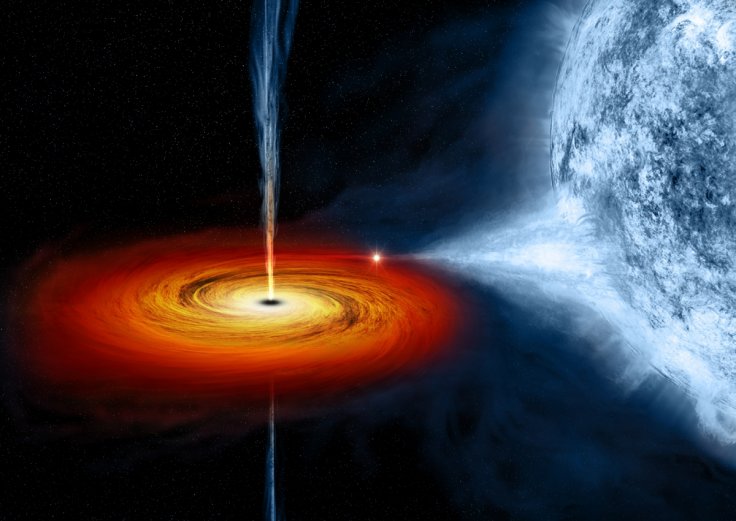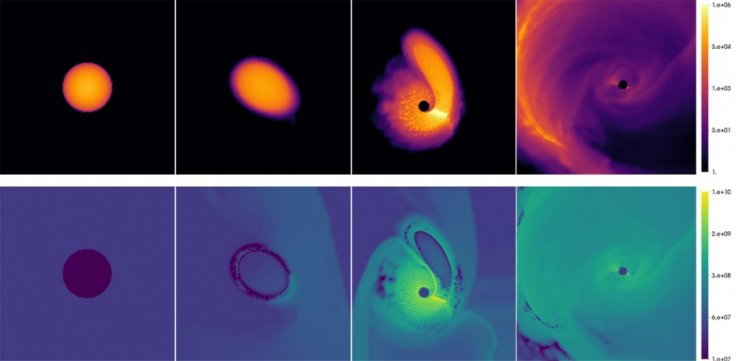
One of the most mysterious thing in the universe, a black hole is 100 times more powerful than you ever imagined, as a new study has claimed that black holes are capable of rejuvenating a dead star, even if it's just for a few seconds.
Earlier, a group of scientists published a study, which stated that during the creation of a new universe and when the existing universe ends, the background radiation that contains the energy of decaying black holes from the previous universe, remains in the newly formed universe.
However, as per the new study, dead dwarf stars can come back to life through a phenomenon called a tidal disruption event (TDE). Such an incident can happen when a black hole's gravity influence the tides on the dead star's surface that helps the star to be reignited.

A group of physicists studied and created a model of this strong interaction using computer-generated simulations based on equations from general relativity. As per the study, the researchers found that during the violent process while the luminous stars are destroyed, a white dwarf star, getting stretched and compressed in opposite directions simultaneously.
The researchers stated that it is the most possible outcome if the white dwarf is massive enough and if the tidal compression is strong enough. However, the compression strength actually depends on the mass of the black hole should have at least an intermediate-mass black hole between 1,000 to 10,000 solar mass.
In addition, the study revealed that if the black hole is not big enough, then the gravitational effects will be minimal but if in case the black hole is too large then the white dwarf star would be engulfed by the black hole itself before the tidal force starts working.
Chris Fragile, the co-author of the study and a physics and astronomy professor at the College of Charleston, South Carolina said it is very important to know that how many "intermediate-mass black holes exist, as this will help answer the question of where supermassive black holes come from. Finding intermediate-mass black holes through tidal disruption events would be a tremendous advancement."









